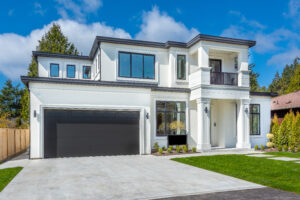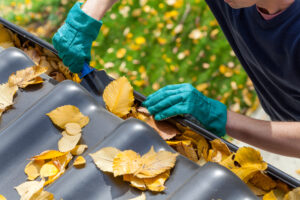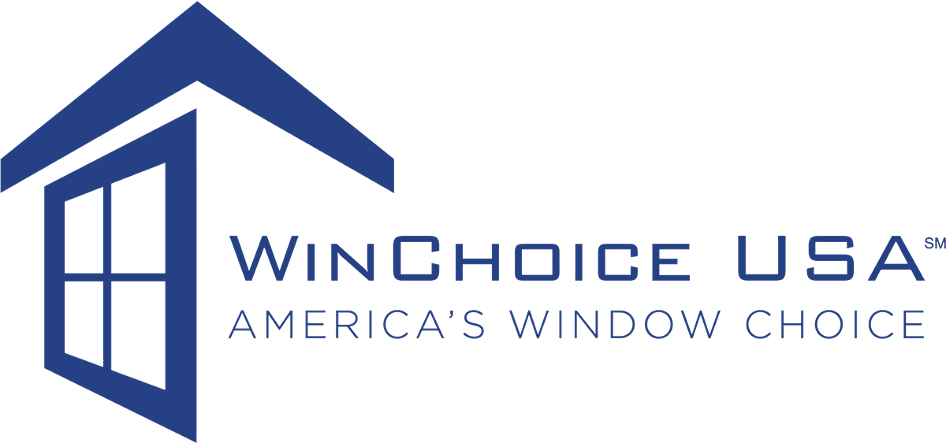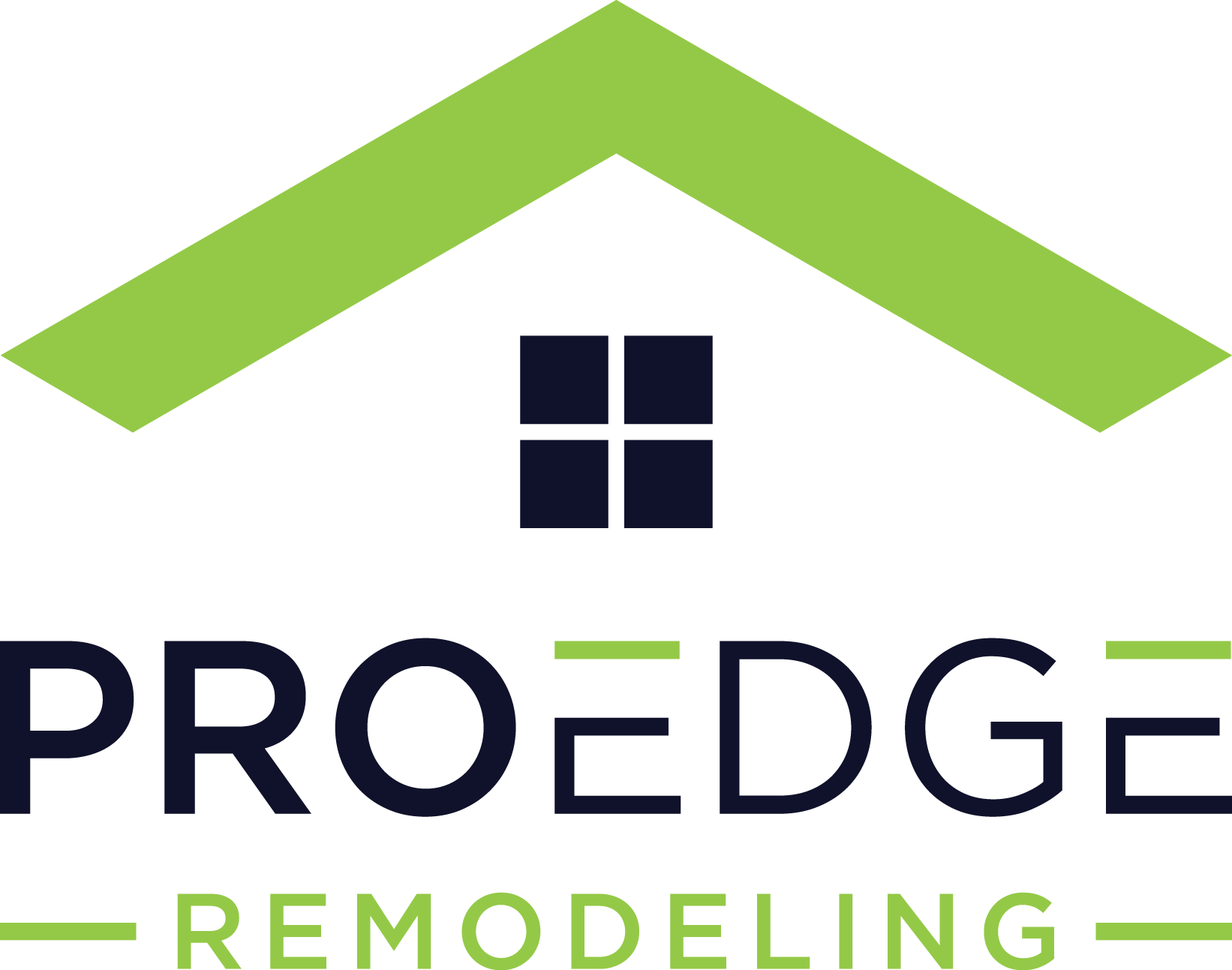The Ultimate Guide to Draining Water from a Flat Roof

Flat roofs, also known as low-slope roofs, are a common feature in many commercial and residential buildings. Unlike their pitched counterparts, flat roofs have a minimal slope, often ranging from a quarter-inch to half an inch per foot. This design allows for efficient use of space and provides a platform for various rooftop installations, such as HVAC units or solar panels.
While flat roofs offer several advantages, they can also present unique challenges, particularly when it comes to water drainage. Proper drainage is essential to prevent water accumulation, which can lead to leaks, structural damage, and potential safety hazards.
How to Drain Water From a Flat Roof
Flat roof drainage systems are designed to efficiently remove water from the roof surface and direct it away from the building. There are three primary methods for draining water from a flat roof: inner drains, scuppers, and gutters. Each method has its advantages and drawbacks, and the ideal choice depends on the building’s design, climate, and maintenance requirements.
Inner Drains
Inner drains, also known as roof drains or internal drains, are installed directly on the roof surface. These drains are connected to a piping system that carries the water away from the building and into the main drainage system.
Advantages of inner drains:
- Efficient water removal: Inner drains are designed to remove water quickly from the roof surface, minimizing the risk of standing water and potential damage.
- Concealed system: The drainage system is hidden from view, creating a clean and unobstructed rooftop.
- Low maintenance: Inner drains require less maintenance than other drainage methods, as long as they are properly installed and kept clear of debris.
Disadvantages of inner drains:
- Potential for clogging: Debris, leaves, and other materials can accumulate in the drains, leading to blockages and reduced drainage efficiency.
- Accessibility challenges: Accessing and maintaining inner drains can be difficult, especially on larger roofs or multi-story buildings.
- Installation complexity: Proper installation of inner drains requires careful planning and execution to ensure proper slope and drainage.
Scuppers
Scuppers are openings in the parapet wall or through the roof edge, allowing water to drain off the roof and into an external drainage system. These openings are typically equipped with a metal lining or sleeve to prevent water from seeping into the building’s structure.
Advantages of scuppers:
- Simple design: Scuppers are relatively simple in design, making them easier to install and maintain compared to other drainage methods.
- Visible drainage: Scuppers provide a visible indication of water flow, making it easier to identify potential blockages or issues.
- Cost-effective: Scuppers are generally less expensive to install than other drainage systems, making them a budget-friendly option.
Disadvantages of scuppers:
- Potential for blockages: Debris and other materials can accumulate in the scuppers, leading to water backup and potential leaks.
- Limited drainage capacity: Scuppers have a limited drainage capacity compared to other methods, which may be insufficient for areas with heavy rainfall or large roof surfaces.
- Aesthetic considerations: Some building owners may find the exposed scuppers and external drainage system unappealing from an aesthetic standpoint.

Gutters
Gutters are a traditional drainage method that involves the installation of a system of troughs along the roof’s perimeter. These troughs collect water and direct it towards downspouts, which then carry the water away from the building and into the main drainage system.
In regions with heavy snowfall, gutters may need to be equipped with heating cables or other deicing systems to prevent ice dams from forming and causing water to back up on the roof.
Advantages of gutters:
- Effective water removal: Properly installed and maintained gutters can effectively remove water from the roof surface, even during heavy rainfall.
- Versatility: Gutters can be used on various roof types, including flat roofs, and can be customized to fit the building’s aesthetic.
- Familiarity: Gutters are a well-known and widely used drainage method, making them a familiar choice for many building owners.
Disadvantages of gutters:
- Maintenance requirements: Gutters require regular cleaning and maintenance to prevent clogs and ensure proper water flow.
- Potential for leaks: Improperly installed or aged gutters can develop leaks, leading to water damage and potential structural issues.
- Aesthetic considerations: Some building owners may find the visible gutters and downspouts unattractive or intrusive to the building’s overall design.
Which Draining Method is Right for Your Flat Roof?
Choosing the appropriate drainage method for your flat roof requires careful consideration of several factors, including price, durability, and maintenance needs.
1. Price
The cost of installing and maintaining a flat roof drainage system can vary significantly depending on the chosen method. Inner drains tend to be the most expensive option due to the complexity of their installation and the potential need for structural modifications. Scuppers are generally the most cost-effective option, followed by gutters, which fall somewhere in the middle in terms of cost.
2. Durability
The durability of a flat roof drainage system is crucial to ensure long-term performance and prevent costly repairs or replacements. Inner drains, when properly installed and maintained, can be highly durable and long-lasting. Scuppers, on the other hand, maybe more susceptible to damage from external factors, such as extreme weather or impact. Gutters can also be durable, but their lifespan may be shorter than other methods due to exposure to the elements and the potential for clogging or leaks.
3. Maintenance Needs
Regular maintenance is essential for any flat roof drainage system to function effectively and prevent potential issues. Inner drains generally require the least maintenance, as long as they are kept clear of debris and inspected periodically. Scuppers and gutters, on the other hand, require more frequent cleaning and maintenance to prevent clogs and ensure proper water flow.
When considering maintenance needs, it’s important to factor in the accessibility of the drainage system, as well as the potential cost and effort required for regular upkeep.
FAQ
Q: How often should I inspect my flat roof drainage system?
A: It’s recommended to inspect your flat roof drainage system at least twice a year, preferably before and after the rainy season. Regular inspections can help identify any potential issues, such as clogs or leaks, and allow for timely maintenance or repairs.
Q: Can I install a flat roof drainage system myself?
A: While it is possible to install a flat roof drainage system as a DIY project, it’s generally recommended to hire a professional roofing contractor. Improper installation can lead to leaks, water damage, and potentially costly repairs down the line.
Q: How long do flat roof drainage systems typically last?
A: The lifespan of a flat roof drainage system can vary depending on the chosen method, the quality of materials used, and the level of maintenance. On average, inner drains can last 20-30 years, scuppers can last 15-25 years, and gutters may need to be replaced every 10-20 years.
Q: Can I mix different drainage methods on my flat roof?
A: While it is possible to combine different drainage methods on a flat roof, it’s generally not recommended. Mixing methods can lead to compatibility issues, inefficient water flow, and potential drainage problems. It’s best to consult with a professional roofing contractor to determine the most appropriate and cohesive drainage solution for your specific roof.

Get Professional Help
If you’re experiencing issues with your flat roof drainage system or need assistance with installation or maintenance, it’s highly recommended to seek the expertise of a professional roofing contractor. They can assess your specific situation, recommend the most suitable drainage method, and ensure proper installation and maintenance to prevent potential problems and extend the lifespan of your roof.
Additional Roofing Resources
- Homeowner’s Guide to GAF Shingles
- Top Causes for Brown Spots on Your Ceiling
- The Ultimate Guide to Impact-Resistant Roofing Materials

Anna has over six years of experience in the home services and journalism industries and serves as the Content Manager at MyHomePros.com, specializing in making complex home improvement topics like HVAC, roofing, and plumbing accessible to all. With a bachelor’s degree in journalism from Auburn University, she excels in crafting localized, comprehensive guides that cater to homeowners’ unique needs. Living on both coasts of the United States has equipped her with a distinctive perspective, fueling her passion for turning any house into a cherished home through informed, personalized decision-making.








